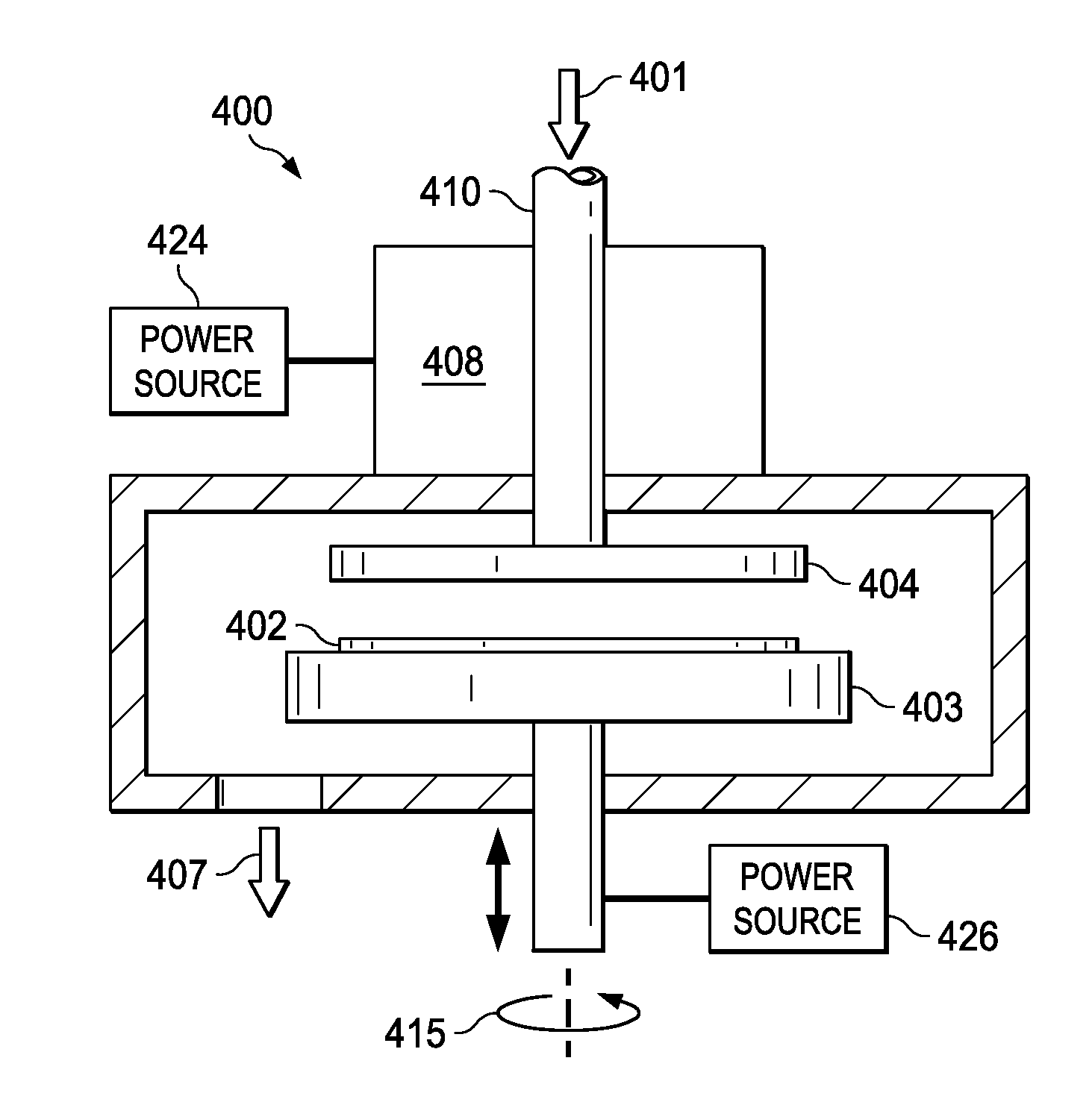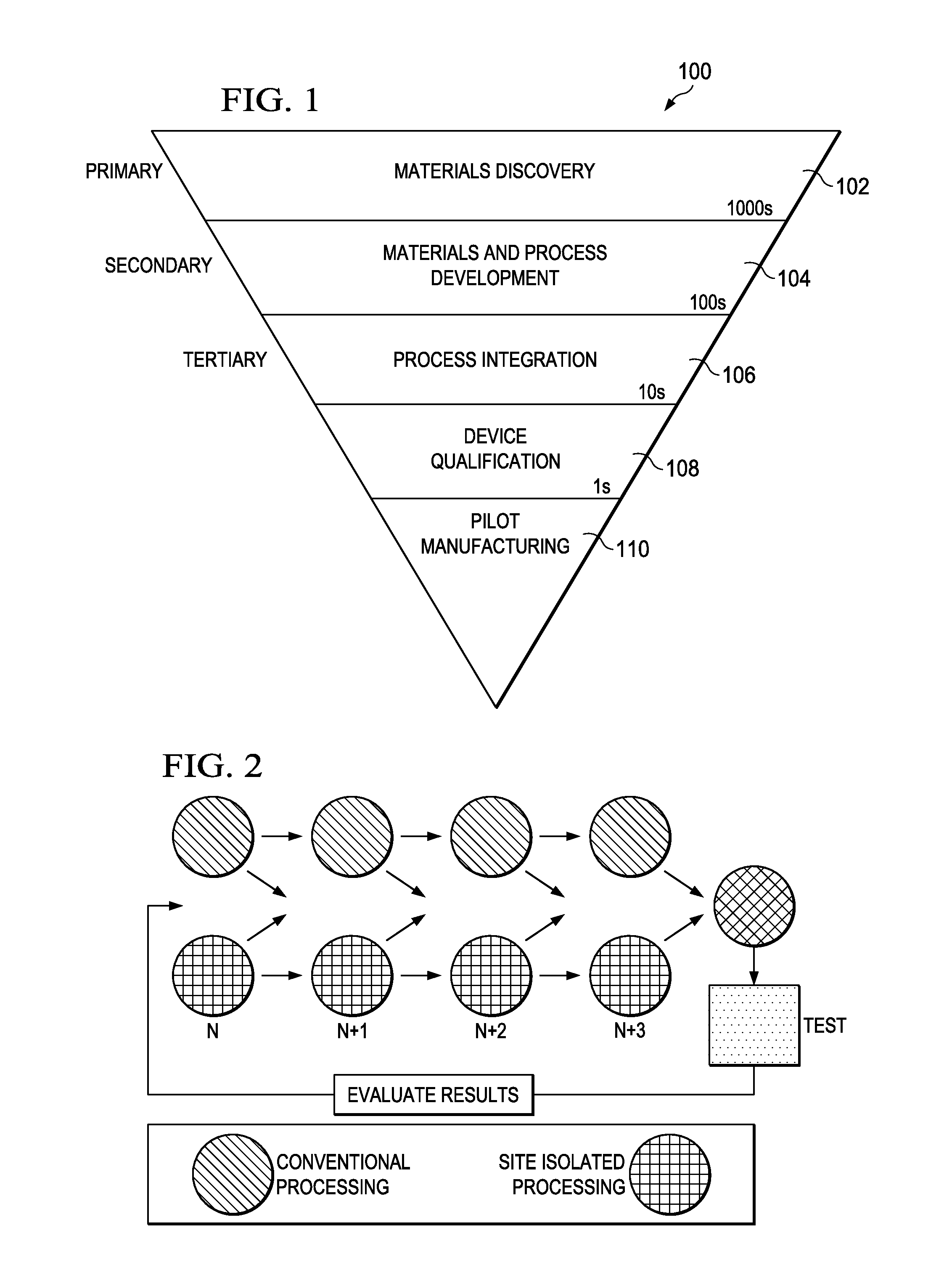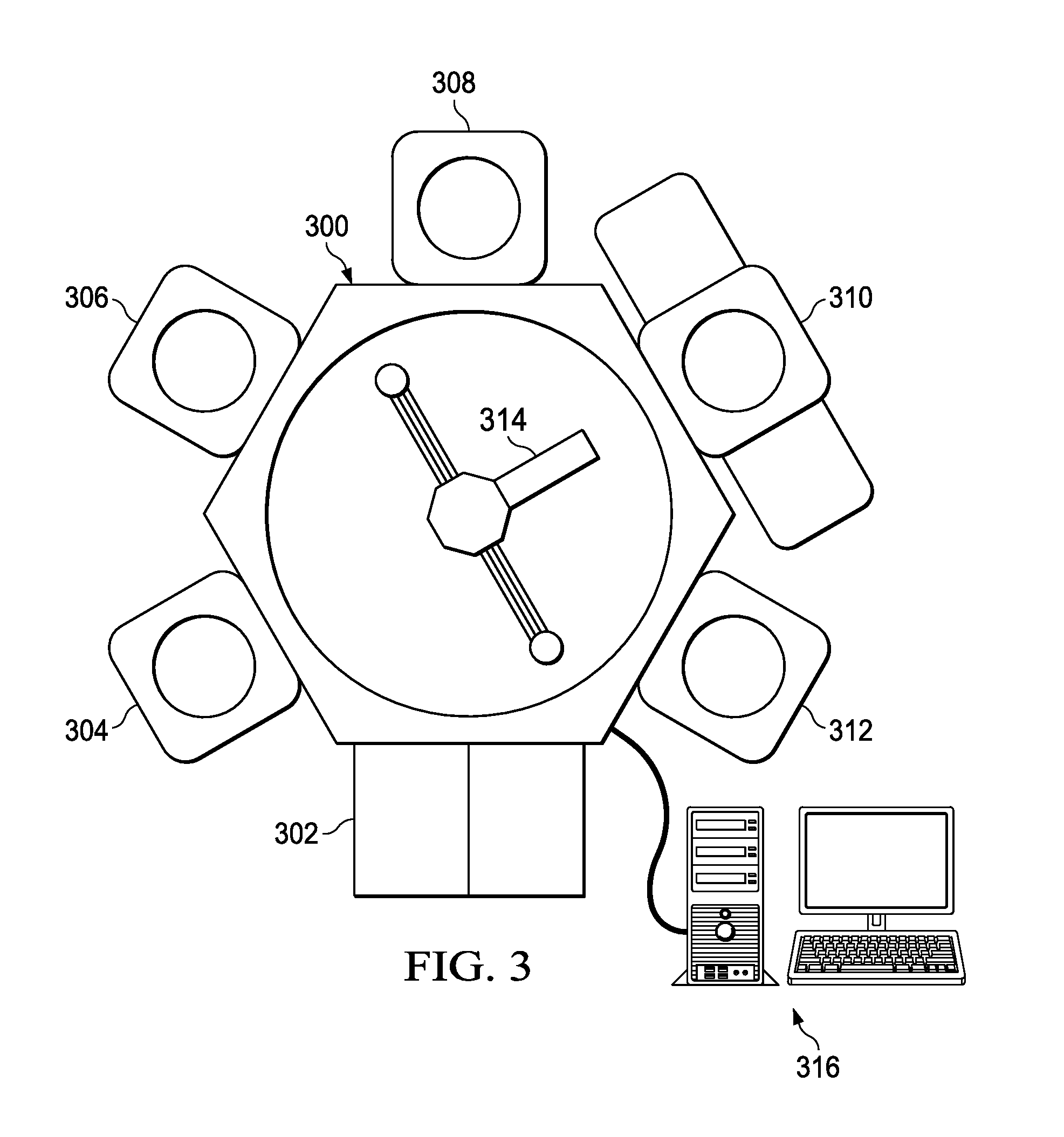Methods for Rapid Generation of ALD Saturation Curves Using Segmented Spatial ALD
a technology of spatial ald and saturation curve, which is applied in the direction of chemical vapor deposition coating, metal material coating process, coating, etc., can solve the problems of time-consuming and resource-intensive evaluation of the suitability of metal precursors and reactant materials for ald processes
- Summary
- Abstract
- Description
- Claims
- Application Information
AI Technical Summary
Benefits of technology
Problems solved by technology
Method used
Image
Examples
Embodiment Construction
[0019]A detailed description of some embodiments is provided below along with accompanying figures. The detailed description is provided in connection with such embodiments, but is not limited to any particular example. The scope is limited only by the claims and numerous alternatives, modifications, and equivalents are encompassed. Numerous specific details are set forth in the following description in order to provide a thorough understanding. These details are provided for the purpose of example and the described techniques may be practiced according to the claims without some or all of these specific details. For the purpose of clarity, technical material that is known in the technical fields related to some embodiments have not been described in detail to avoid unnecessarily obscuring the description.
[0020]Systems and methods for rapid generation of ALD saturation curves using segmented spatial ALD are disclosed. Methods include introducing a substrate, having a plurality of su...
PUM
| Property | Measurement | Unit |
|---|---|---|
| processing temperature | aaaaa | aaaaa |
| processing temperature | aaaaa | aaaaa |
| processing temperature | aaaaa | aaaaa |
Abstract
Description
Claims
Application Information
 Login to View More
Login to View More - R&D
- Intellectual Property
- Life Sciences
- Materials
- Tech Scout
- Unparalleled Data Quality
- Higher Quality Content
- 60% Fewer Hallucinations
Browse by: Latest US Patents, China's latest patents, Technical Efficacy Thesaurus, Application Domain, Technology Topic, Popular Technical Reports.
© 2025 PatSnap. All rights reserved.Legal|Privacy policy|Modern Slavery Act Transparency Statement|Sitemap|About US| Contact US: help@patsnap.com



